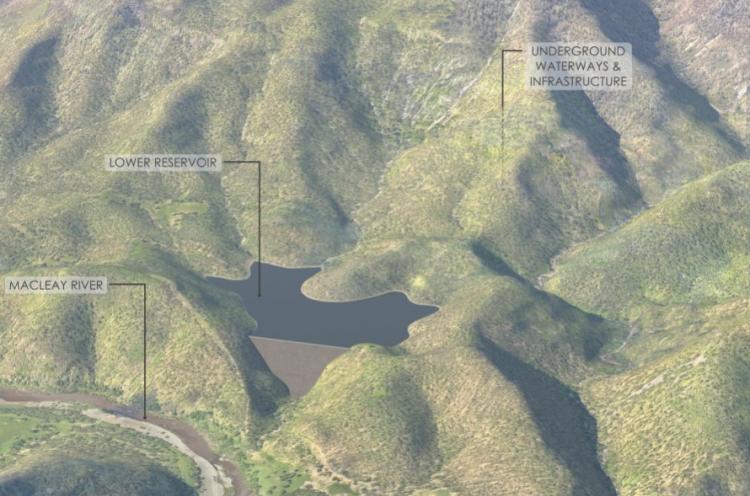
The billion-dollar Oven Mountain pumped hydro project has been declared Critical State Significant Infrastructure by the NSW Government, kick-starting the country’s largest Renewable Energy Zone and unlocking opportunities for 600 regional jobs.
Energy Minister Matt Kean said that pumped hydro was essential for the State’s energy future and works by pumping water up the hill when energy is cheap and letting it run down the hill when the sun isn’t shining and the wind isn’t blowing.
“The Australian Energy Market Operator says that NSW needs more than twice the energy storage of Snowy 2.0 again by the mid-2030s and projects like Oven Mountain can help us reach that goal,” Mr Kean said.
“It can take about 8 years to deliver massive pumped hydro projects and we need to get going now to create jobs and improve the reliability of the energy grid.”
Water Minister Melinda Pavey said the project would be an essential part of the local future water infrastructure.
“The project will include the construction of two reservoirs, tunnels and a new underground power station, creating jobs and critical water infrastructure with the potential to operate as a water source for firefighting and water security for Kempsey,” Mrs Pavey said.
“The infrastructure will enable water from the lower reservoir to be pumped into the upper reservoir using excess power from other renewable energy projects. It is then released to generate up to 600MW of hydro power during periods of peak demand.”
Member for Northern Tablelands Adam Marshall said that regional NSW has some of the best pumped hydro resources in the world and coming out of the COVID-19 recession we should be using those resources to create jobs.
“Oven Mountain could inject more than $1 billion of investment into our region and create up to 600 new local jobs during construction alone,” Mr Marshall said.
“This project is the jewel in our region’s renewable energy crown and cements the New England as the renewable energy powerhouse of Australia.
“We’re already home to the two largest windfarms in NSW and the largest solar farm in Australia is about to start construction, so this project is the cherry on top of us!”
The proponent will now need to request assessment requirements for the preparation of an Environmental Impact Statement (EIS). Once received, the EIS will go on exhibition for community feedback and detailed assessment by the Department of Planning, Industry and Environment before a final decision is made.
